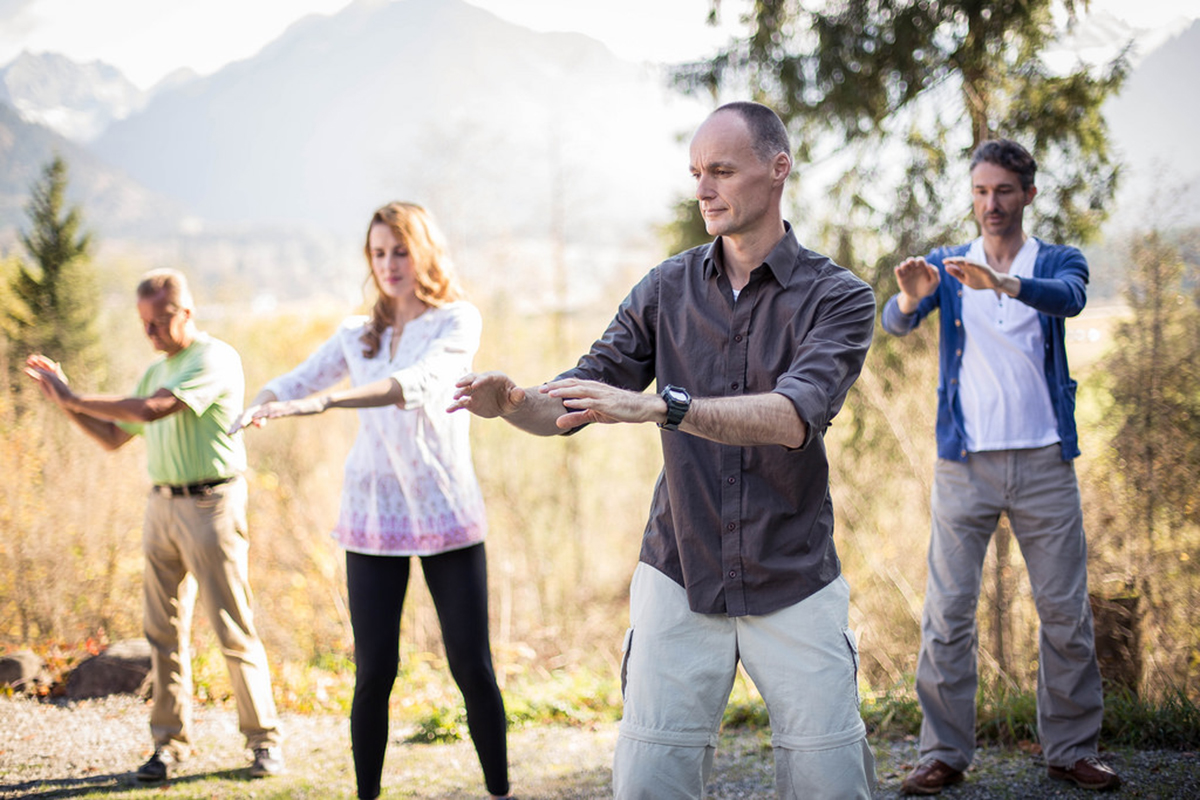The fourth most common cause of chronic disability in the US is neck pain. It can be a result of injury or a structural deformity of the neck vertebrae, or it can result from a poor posture or persistent stress. It can also be caused by accidents in drivers who have been rear-ended, wherein the neck pain is of a whiplash kind. Whatever be the reason, chronic neck pain can seriously hamper the quality of life of the affected individual, and have a telling effect on his psychological well-being.

Grades of neck pain
In 2008, a Neck Pain Task Force, comprising of 50 people from nine countries, did a systematic review of the studies available on neck pain. They recommended four grades of neck pain, namely:
- Grade I: Neck pain that has little or no impact on daily activities.
- Grade II: Neck pain that hampers daily activities to a certain degree.
- Grade III: Neck pain which is associated with a pinched nerve, a condition called as radiculopathy. This leads to pain, weakness and numbness of arm
- Grade IV: Neck pain associated with serious conditions like tumors, fractures, systemic diseases or infections.
The task force came to the conclusion that exercise and strengthening are the best methods to deal with neck pain.
Instead, depending up on the severity of the pain- whether it is mild or severe, different types of treatments may be beneficial for different kinds of pain.
The researchers did a meta-analysis of 10 randomized controlled trials and drew a conclusion that:
- For recent neck pain of grade I or II, non-steroidal anti-inflammatory drugs (NSAIDs) and acetaminophen are good bets. Unsupervised range of exercises that help in neck movement and manual therapy are also equally effective in dealing with this kind of pain.
- For recent neck pain of grade III, use of cervical collar and undergoing supervised graded strengthening exercises produce similar results, and is helpful in relieving the pain.
- In case of persistent neck pain and whiplash associated disorders (WAD) of grade I and II, supervised qigong and Iyengar yoga were found to be more effective than home exercise. Exercises that combine range of motility, flexibility and strengthening provide better results in this type of pain.
Qigong is a component of Chinese medicine involving meditation, controlled breathing and movement exercises. “Qi” means breath and practicing qigong ensures a smooth flow of “qi” to all body parts to activate self-healing processes. The gentle rhythmic movements of Qigong help in reducing stress, building stamina, and enhancing the immune system. Qigong is also effective in relieving muscular stiffness and pain.
Iyengar Yoga is a form of Hatha yoga which emphasizes on posture and breath control.
See Also: How to Treat a Stiff Neck?
Iyengar yoga also helps in dealing with emotions and psychological issues which may be the cause behind stress. It is believed that stress is an important contributing factor for pain.
Main Causes Behind Neck Pain
Let us discuss some of the important causes of neck pain. They are:
Undue straining of the muscles in the neck region
Undue strain on the neck muscles for prolonged periods can lead to neck pain. Driving for long hours or sitting hunched in front of the computer screen for hours together at a stretch are two of the most common reasons that lead to neck pain. In this position, the upper back is rounded and the head is tilted forward causing spasm of the neck muscles.

Normal wear and tear of the neck joints
Age related wear and tear of neck joints, as seen in osteoarthritis, is another common cause of neck pain in elderly people.
Compression of nerves in the neck region
Any protruding spur from the neck vertebrae (osteophytes) or herniated discs in between the cervical vertebrae may impinge on the nerve roots coming out of this region. This may lead to neck pain. Such pain is generally not limited to the neck region but may extend to areas where the concerned nerve innervates, for example arms.
Diseases
Diseases like rheumatoid arthritis, cancer and meningitis may also lead to neck pain.
Accidental injuries
If a person is involved in an accident where the head is suddenly jerked backwards and then forwards, the soft tissue in the neck region is hyper-extended leading to a whiplash injury of the neck. Sudden acceleration and deceleration injuries can cause neck pain.
Stress
Undue stress or depression may also lead to neck pain.
Treatment options for neck pain
According to statistics, about 10 to 15% of the population at a given place suffers from neck pain at a particular time.
Certain kinds of neck pain that are not relieved by these simple measures may require manual therapies like massage, manipulation and mobilization. One should not attempt these measures on his own but must consult a physiotherapist, chiropractor or an orthopedic specialist to learn the basics. Most of the neck pains are relieved by stretching and strengthening exercises. Practicing qigong and Iyengar yoga helps in strengthening the muscles of the neck, shoulder and upper back and preventing future episodes of neck pain.
See Also: Neck Problems: What to Do About Neck Stiffness?
In case of accidental injury or diseases affecting the cervical spine, immobilizing the neck for some time with the help of a cervical collar may be beneficial. In certain cases, applying cervical traction for some time following the doctor’s advice may be of use.
- “Is exercise effective for the management of neck pain and associated disorders or whiplash-associated disorders? A systematic review by the Ontario Protocol for Traffic Injury Management (OPTIMa) Collaboration,” by Southeerst D, Nordin M, Taylor-Vaisey A, et al. Published online February 18, 2014 in The Spine Journal, accessed on June 26, 2014
- “No clear winner for neck pain treatment: study,” by Kathleen Raven for Reuters. Published on March 6, 2014, accessed on June 26, 2014.
- Photo by shutterstock.com
- Photo courtesy of naturhotel_waldesruhe by Flickr : www.flickr.com/photos/naturhotel_waldesruhe/14297404828

